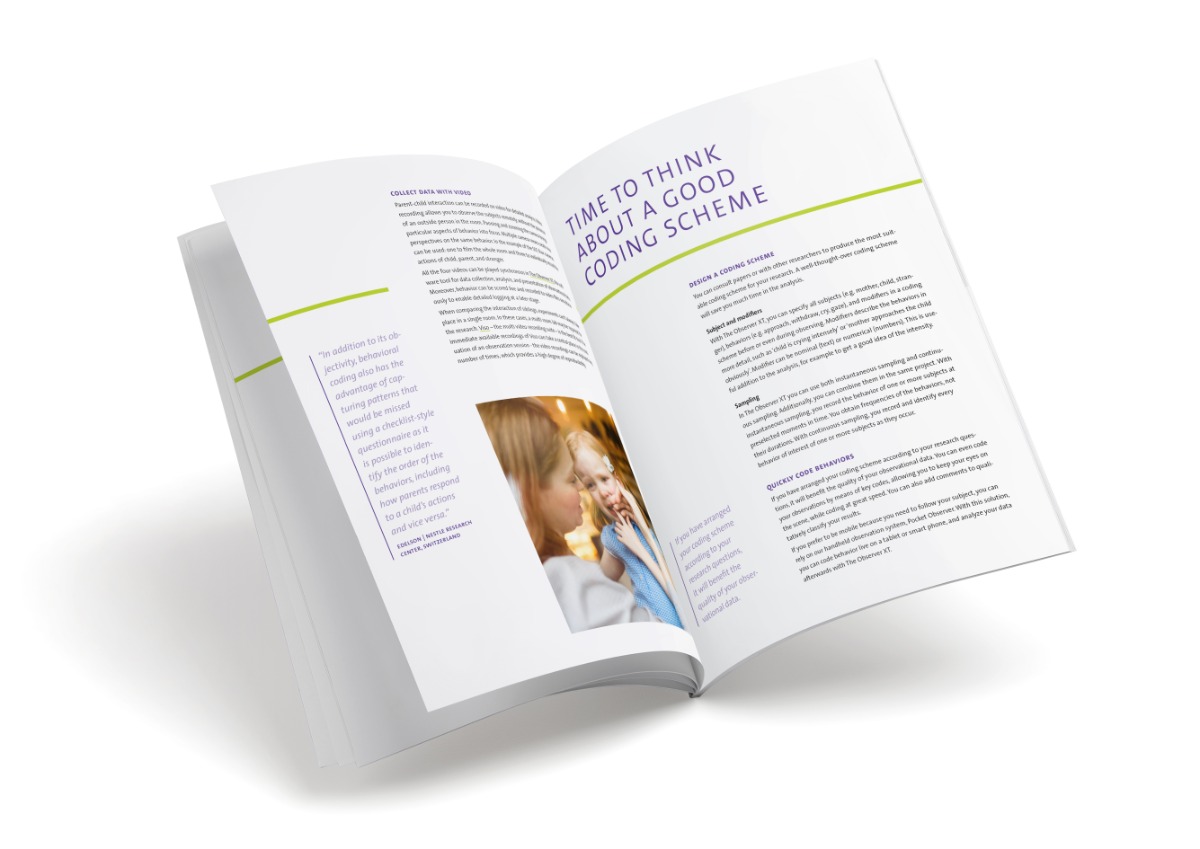
The role of inhibitory control on substance use in adolescence
As the adolescent brain is developing, it is especially sensitive to cues of reward and pain. At the same time, skills such as emotion regulation, reasoning, and self-control are still developing. This combination leaves adolescents vulnerable to risk-taking behaviors like substance use.
Substance use in young adolescents is associated with a range of health issues and risks. For example, substance use before the age of 15 is related to impaired neurocognitive functioning, depressive symptoms, and diminished academic performance. These issues do not only impact adolescents’ well-being, but can extend into adulthood as well.
Understanding which factors play a role in adolescent substance use is important for the prevention and treatment of this global health issue.
Research shows that deviant behavior is one of the best predictors for early substance use. Specifically, adolescents with a history of antisocial behavior and deviant peer involvement are more likely to initiate alcohol, tobacco, and cannabis use by the age of 15. Another important factor is early life stress.
Longitudinal research
One of the best ways to learn more about the risks for early substance use is to study children and adolescents over a longer period of time.
In some longitudinal studies on adolescent substance use, researchers use a developmental cascade model. They assess risk factors in early childhood and study how these risks influence each other and unfold over time.
One of these studies found that family stress and early parenting practices predicted peer difficulties in middle childhood. This predicted deviant peer involvement and, in turn, later adolescent substance use.
Dr. Roy Otten and his colleagues build upon this research by examining inhibitory control as a potential underlying mechanism in the link between early life stress, deviant behavior, and adolescent substance use.
Inhibition during childhood
Inhibitory control, or the ability to control one’s own impulses, is a core skill in self-regulation. It helps us to withhold or stop certain behaviors to reach our long-term goals. During early childhood, adverse life events and poor parenting practices may undermine the refinement of children’s inhibitory control.
Evidence suggests that low levels of inhibitory control in early and middle childhood lead to problem behaviors during late childhood and adolescence. A developmental cascade model can help determine more precisely how impulse control problems influence these later behaviors, including adolescent substance use.
Observing parent-child interactions
The study included 364 families with children who were at risk for future behavioral problems. This meant that families met risk criteria in at least two of the following domains: child behavior, family problems, and socio-demographic status.
The research team assessed families during home visits when children were 2, 3, 4, 5, 7, 8, 9, 10, and 14 years old. They asked about stressful life events and parental substance use, and used questionnaires to assess childhood inhibitory control and deviant behavior.
Furthermore, they observed parent-child interactions and coded them using the Relationship Affect Coding System (RACS). The RACS includes codes for verbal and physical behaviors, as well as affect. Behaviors of all interaction partners were categorized as positive, neutral, directive, negative, not talking, and ignoring.
Interactions were videotaped and coded using The Observer XT, which allows for continuous coding.

Cascade model
Results showed that early stressful life events and negative parent-child interaction were negatively associated with inhibitory control in childhood. In turn, inhibitory control was negatively associated with later problem behavior, and late childhood deviance was predictive of substance use at age 14.
Interestingly, parental drug use was not related to childhood stress or inhibitory control, but was directly associated with early adolescent substance use. The authors argue that genetics or behavioral modeling may play a role in this relationship.
Prevention
The results from this study suggest that childhood inhibitory control can be influenced by environmental factors. Specifically, events that cause stress and exceed children’s coping abilities may undermine development of inhibition. In turn, inhibition seems to influence later problem behaviors, including substance use.
The authors argue that, in addition to focusing on the family situation, it is important to prevent problem behavior in general. The results of this study also suggest that it is important to improve self-regulation abilities in children and adolescents.
Lastly, it may be beneficial if family-based intervention programs include education about the effects of parental substance use on the family context.
References
Otten, R.; Mun, C., Shaw, D.; Wilson, M., Dishion, T. (2018). A developmental cascade model for early adolescent-onset substance use: the role of early childhood stress. Addiction, doi:10.1111/add.14452.
Get the latest blog posts delivered to your inbox - every 15th of the month
more

Observing and analyzing repetitive movements in infants to detect autism
To examine if a specific repertoire of repetitive movements was present in children with autism, researchers used home videos to code the behaviors of the infants.
Studying posture development in infants at risk for autism
Research shows that early posture development is delayed in infants who are eventually diagnosed with an autism spectrum disorder (ASD). Understanding these delays helps to improve early diagnosis and intervention.

